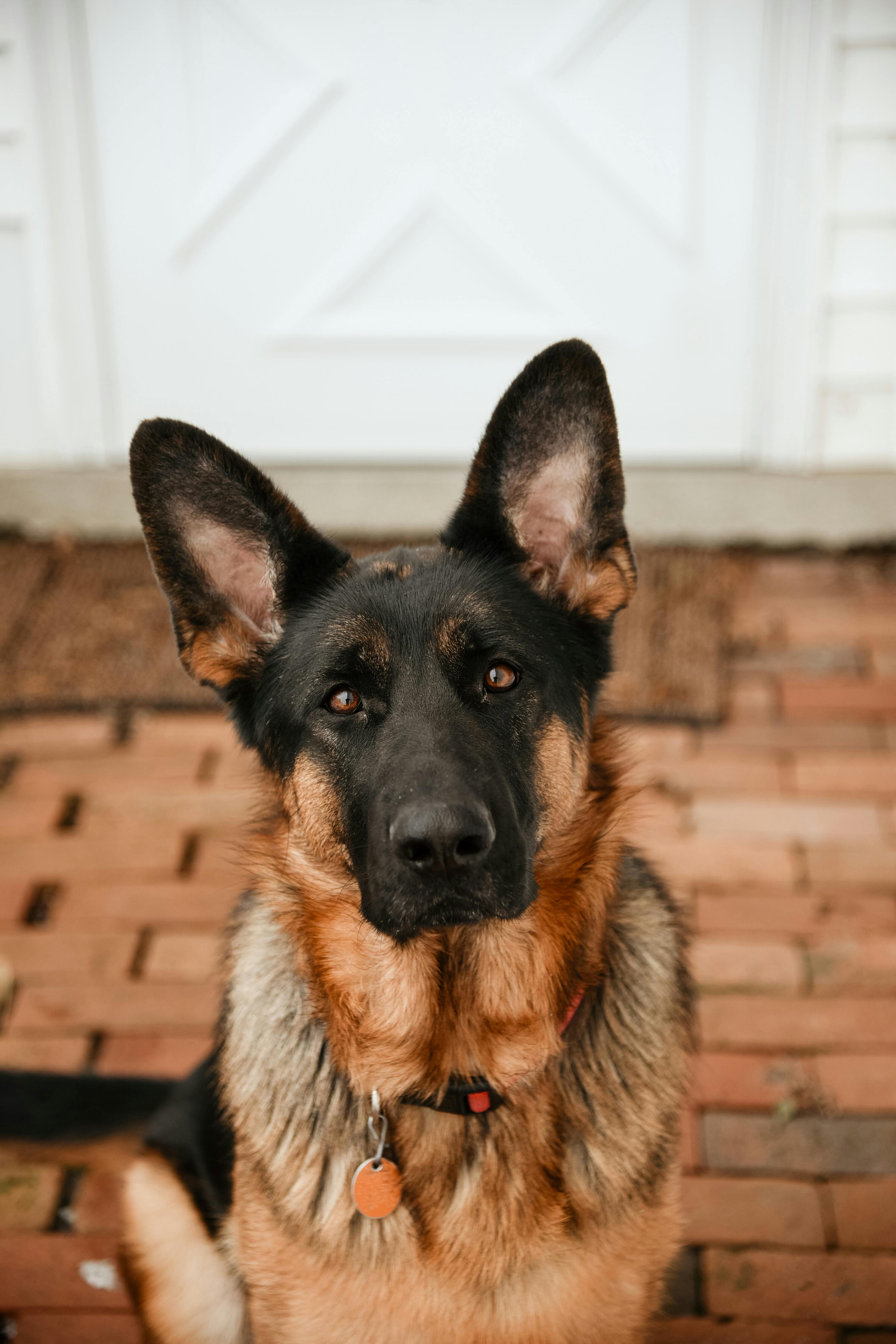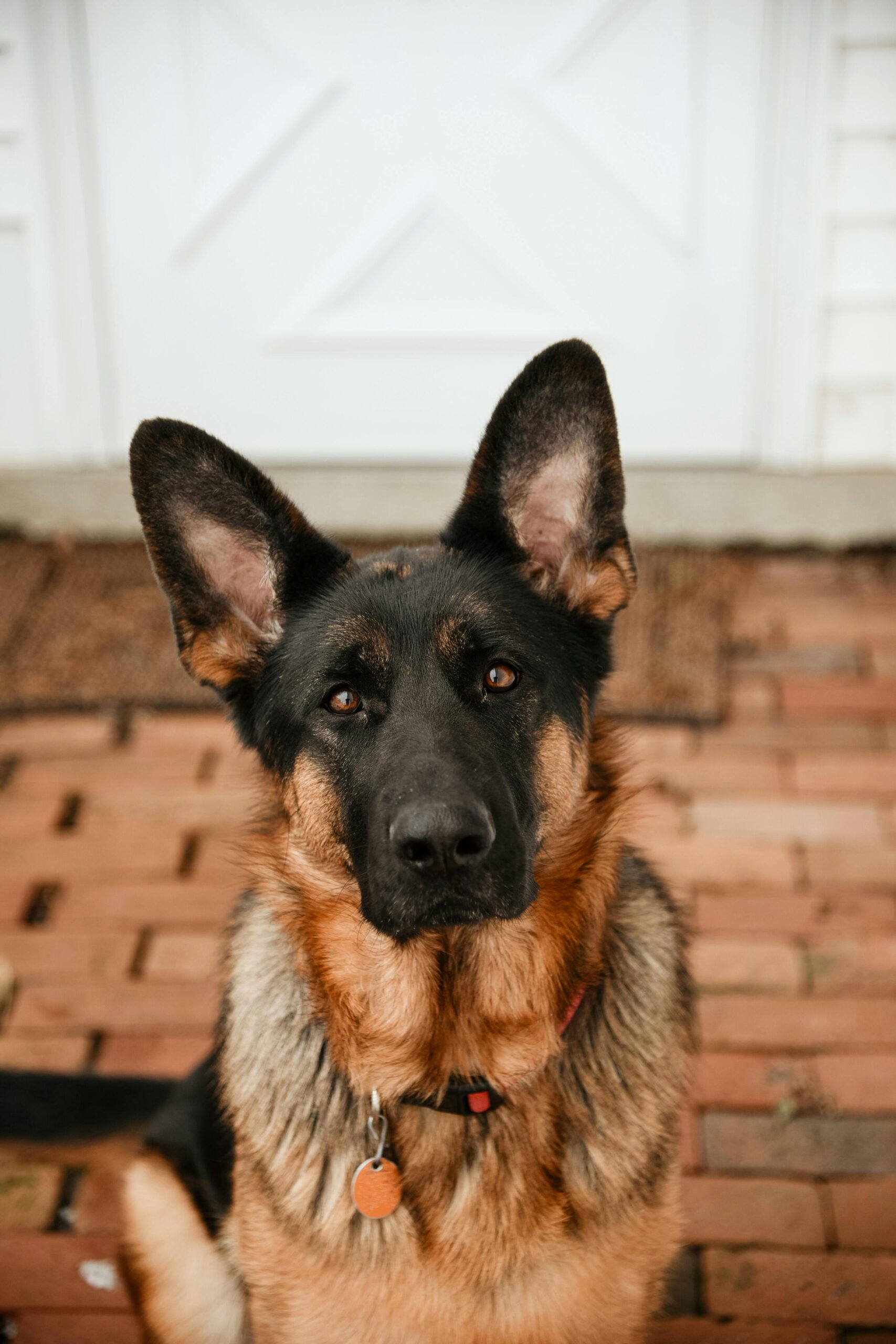Protect Your Car with the Best Car Door Pet Protector
Every pet owner knows the challenge of keeping their car clean and scratch-free after a ride with their furry friend. Whether you’re headed to the park or on a road trip, your car’s interior is constantly at risk. In this guide, you’ll learn why a car door pet protector is essential, how to use it effectively, and what features to look for when buying one.

Understanding the Fundamentals
At its core, a car door pet protector is a shield between your pet and your car door. It protects your vehicle’s interior from claw marks, dirt, slobber, and other wear and tear. As more people travel with pets, these accessories have become a staple for responsible pet owners.
Think of it as a car seat cover—but for your doors. Much like how we use seat covers to avoid stains and rips, car door protectors serve a similar function for side panels that pets love to lean on or scratch.
1.1 Material Durability and Design
High-quality door protectors are often made from waterproof, scratch-resistant materials such as Oxford fabric or polyester. These materials are easy to clean and designed to handle heavy use. For example, some models even include quilted padding for extra comfort and protection.
Brands have responded to growing demand with sleek, stylish designs that blend in with modern interiors. Gone are the days of clunky or unattractive covers—today’s protectors complement your vehicle while maintaining practicality.
1.2 Compatibility and Fit
Not all cars are the same, and neither are their door shapes. A common misconception is that one size fits all. In reality, selecting a protector that’s compatible with your vehicle type ensures better protection and easier installation.
Some protectors use adjustable straps or suction cups, while others tuck securely into the window seams. Knowing your car’s layout will help you choose the right model for a seamless fit.
Practical Implementation Guide
Once you’ve selected the right car door pet protector, installing and using it properly will maximize its benefits. The following guide will help you get started quickly and avoid common pitfalls.

2.1 Actionable Steps
- Measure Your Doors: Use a measuring tape to check door length and height to ensure a perfect fit.
- Select a Quality Protector: Look for features like waterproof lining, reinforced edges, and easy-clean fabric.
- Install the Protector: Use either the suction cup method or insert the flaps into the window seams for a snug hold. Test it by closing and opening the door.
2.2 Overcoming Challenges
Here are some common obstacles you may face and how to solve them:
- Protector slips off: Opt for models with stronger grips or suction cups. Recheck window seal placement.
- Poor fit: Trim or adjust as needed, or try a universal protector that allows customization.
- Window interference: Choose protectors designed for partial window use or use dual-attachment methods.
Experts recommend always reading product manuals and customer reviews before installation to avoid these issues.
Advanced Applications
Once you’re comfortable with basic protection, you can explore advanced features that enhance both functionality and safety. These include smart materials, extra padding, and integrated storage.

3.1 Integrated Storage Pockets
Some advanced door protectors come with built-in pockets for storing pet supplies like leashes, toys, or treats. This feature streamlines your travel experience by keeping everything within reach.
Case studies show a 30% reduction in time spent packing when using integrated storage models. They also keep the car cleaner and more organized.
3.2 Smart Materials and Technology
Newer protectors include reflective strips for night visibility or temperature-regulating fabrics for hot days. These additions enhance pet safety and owner convenience.
Some can be paired with seat belts or barriers, creating an all-in-one travel system for your pet. Compatibility with these accessories ensures greater versatility and long-term value.
Future Outlook
The pet accessory market continues to evolve, with new materials and technologies entering the scene. Innovations such as eco-friendly fabrics and AI-enabled pet travel tools are on the horizon.
In the next 3–5 years, we expect smarter, more sustainable car door pet protector models to dominate the market. Consumers are advised to stay informed and upgrade as needed to keep their travel gear current and effective.
Conclusion
Here are the top three takeaways:
- A car door pet protector offers essential protection against scratches and dirt.
- Choosing the right model requires considering size, material, and attachment method.
- Advanced models provide added functionality like storage and tech features.
If you frequently travel with pets, investing in the right car door protection will save you time, money, and stress. Start with a model that fits your car and lifestyle—and enjoy cleaner, worry-free travel.
Ready to protect your ride? Choose a door protector that suits your pet’s needs and your car’s design.
Frequently Asked Questions
- Q: What is a car door pet protector? It’s a protective cover that shields your car doors from pet-related damage like scratches, mud, and drool.
- Q: How do I get started with installation? Measure your car doors and follow the instructions provided with your protector for the best fit and hold.
- Q: How long does installation take? Most installations take under 10 minutes, depending on the attachment method and car type.
- Q: How much does a car door pet protector cost? Prices range from $20 to $60, depending on features like materials, size, and add-ons.
- Q: How does it compare to seat covers? While seat covers protect the base of your seats, door protectors focus on side panels, offering full interior coverage when used together.
- Q: Is it difficult to use? Most protectors are easy to install and remove, requiring minimal effort and no tools.
- Q: Can it be used in work vehicles or rentals? Yes, temporary installation methods like suction cups make these protectors ideal for rentals, taxis, and other service vehicles.
